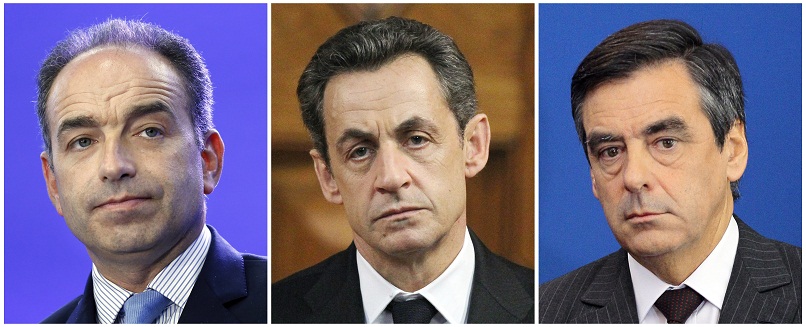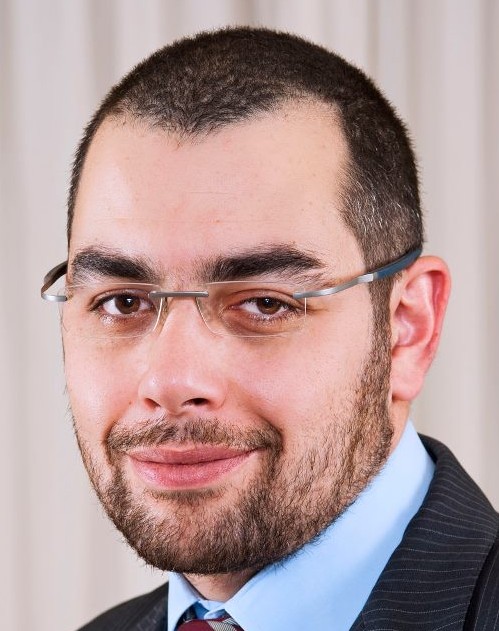
By Dr Bjørn Lomborg
Nutritious food, clean water and basic healthcare for all may be obvious high-priority targets for the international community, but we shouldn’t ignore energy. Reliable and affordable energy is as vital for today’s developing and emerging economies as it was before the Industrial Revolution. Driven mostly by its five-fold increase in coal use, China’s economy has grown 18-fold over the past thirty years, while lifting 680 million people out of poverty.
The energy ladder is a way of visualising stages of development. This starts with what we call traditional biofuels – firewood, dung and crop waste. Almost three billion people use these for cooking and heating indoors, which is so polluting that the World Health Organization (WHO) estimates they kill one of every 13 people that die on the planet.
The next step on the ladder is ‘transition fuels’, such as kerosene, charcoal and liquefied petroleum gas, while the top of the ladder is electricity, which thankfully makes no pollution inside your home. Because electricity is often powered by fossil fuels, it does contribute to the problem of global warming. Hence an alluring option could be to move to clean energy, like wind, solar and hydro. Some suggest that developing countries should skip the fossil step and move right to clean energy. However, rich countries are already finding the move away from coal and oil to be difficult, and there are no easy answers for developing economies.
Today’s crucial question is: what should the world prioritise? Fifteen years ago, the world agreed the Millennium Development Goals (MDGs), ambitious targets to tackle poverty, hunger, health and education. These goals have directed lots of international aid and mostly led to improvement, although much remains to be done.
Now, the UN is considering the next set of targets for 2015-2030. Some argue that we should continue with the few, sharp targets from the MDGs, since we’re still not done. Others point out that other issues, like environment and social justice, also need attention. My think tank, the Copenhagen Consensus, is helping to bring better information to this discussion. We have asked some of the world’s top economists to make analyses within all major challenge areas, estimating the economic, social and environmental costs and benefits of different targets.
So, should the almost-three billion people cooking with toxic open fires take higher priority than the broader, long term objective of cutting back on fossil fuel use? It turns out there are smart ways to help on both accounts, say economists Isabel Galiana and Amy Sopinka.
Burning firewood and dung on open indoor fires is inefficient and causes horrendous air pollution. More than four million people each year die from respiratory illness because of smoke from indoor open fires. While the statistics in Egypt are better than in sub-Saharan African countries, the WHO estimates 3,400 people die each year here from household air pollution.
Most of these are women and young children, who are also the ones spending their time fetching firewood, often from quite far away. Providing cleaner cooking facilities – efficient stoves which run on liquefied gas – would improve health, increase productivity, allow women to spend time earning money and children to go to school.
The economic benefits of getting everyone off dung and wood are as high as the human welfare ones: more than $500bn each year. Costs would be much lower, about $60bn annually, including grants and subsidies to purchase stoves. Every dollar spent would buy almost $9 of benefits, which is a very good way to help.
However, the economists also provide a more realistic target, which turns out to be even more efficient. Since it is awfully hard to get to 100%, they suggest providing modern cooking fuels to 30%. This will still help 780 million people, but at the much lower cost of $11bn annually. For every dollar spent, we would do more than $14 worth of good.
While clean cooking is important, electricity can bring different benefits. Lighting means that students can study after dark, clinics can refrigerate vaccines, and water can be pumped from wells so that women do not have to walk miles to fetch it. About 68% of sub-Saharan Africa still miss access to electricity, according to 2012 data by the International Energy Agency, while in North Africa, 99% of the people have access to it.
The value of getting electricity to everyone is about $380bn annually. The cost is more difficult to work out. To provide electricity to everyone would need the equivalent of 250 more power stations but many rural areas might best be served by solar panels and batteries. This is not an ideal solution but would still be enough to make an enormous improvement to people’s lives. The overall cost is probably around $75bn per year, which still does $5 of benefits for each dollar spent.
If we want to tackle global warming, on the other hand, there are some targets we should be weary of. One prominent target suggests doubling the world’s share of renewables, particularly solar and wind but this turns out to be a rather ineffective use of resources. The extra costs of coping with the intermittent and unpredictable output of renewables makes them expensive, and the cost likely to be higher than the benefits.
However, the world spends $544 billion in fossil fuel subsidies, almost exclusively in third world countries. This drains public budgets from being able to provide health and education, while encouraging higher CO2 emissions. Moreover, gasoline subsidies mostly help rich people, because they are the only ones to afford a car. To phase out fossil fuel subsidies would be a phenomenal target, because it would cut CO2 while saving money for other and better public uses. The economists estimate that every dollar in costs would do more than $15 of climate and public good.
With such high-return targets, the economic evidence shows that – if carefully chosen – energy targets should definitely be part of the promises for the next 15 years.
Dr Bjørn Lomborg, an adjunct professor at the Copenhagen Business School, directs the Copenhagen Consensus Center, ranking the smartest solutions to the world’s biggest problems by cost-benefit. He is the author of The Skeptical Environmentalist and Cool It. His new book is How To Spend $75 Billion to Make the World a Better Place



